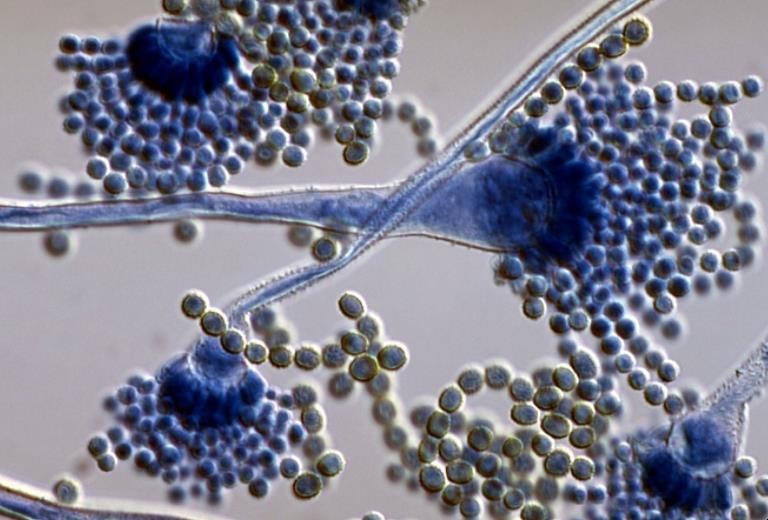How to improve the effect of aflatoxin adsorbent?
Time:2023-06-30To improve the effectiveness of aflatoxin adsorbents,we can consider some strategies.
Different types of adsorbents have varying capacities and selectivity for aflatoxins. Experiment with different adsorbent materials to identify the most effective one for our specific needs.Commonly used adsorbents for aflatoxin binding include activated carbon, clay minerals (such as bentonite or montmorillonite), zeolites, and certain organic polymers.
Determine the optimal dosage of the adsorbent based on the concentration of aflatoxins and the desired reduction level.Conduct tests to assess the aflatoxin binding capacity of the adsorbent at various dosages.It's important to strike a balance between effective adsorption and cost-effectiveness.
Aflatoxin adsorption can be influenced by the pH of the solution.Experiment with adjusting the pH to determine the optimal conditions for adsorption.In some cases, lowering the pH may enhance adsorption efficiency, while in other cases, maintaining a neutral pH may be more effective.
The contact time between the adsorbent and aflatoxins is crucial for adsorption.Longer contact times allow for better interaction and binding.Ensure sufficient contact time between the adsorbent and the contaminated material to maximize the adsorption capacity.
Aflatoxin adsorption can be affected by temperature and moisture conditions.In some cases, elevated temperatures or increased moisture content may enhance adsorption efficiency. However, it's important to consider the stability and performance of the adsorbent under different conditions.
Some adsorbents may benefit from pre-treatment to enhance their adsorption properties. Pre-treatment methods such as activation or modification of the adsorbent surface can improve its binding capacity and selectivity for aflatoxins.
We evaluate the overall process parameters, including mixing intensity, flow rates, and equipment design.Optimizing the process conditions can help ensure thorough contact between the adsorbent and the aflatoxin-contaminated material.
Regularly monitor and test the efficacy of the adsorbent during production or processing. Implement quality control measures to ensure consistent performance and adherence to regulatory standards.
In some cases, combining multiple adsorbents or adsorption techniques (such as physical adsorption, chemical binding, or enzymatic degradation) may lead to synergistic effects and improve the overall effectiveness of aflatoxin adsorption.
The effectiveness of aflatoxin adsorption can vary depending on factors such as the specific type of aflatoxin, the matrix in which it is present (such as food or feed), and the specific adsorbent used.We can consider conducting thorough research, consulting with experts, and performing validation studies to optimize the effectiveness of aflatoxin adsorbents in our specific application.



 CN
CN





